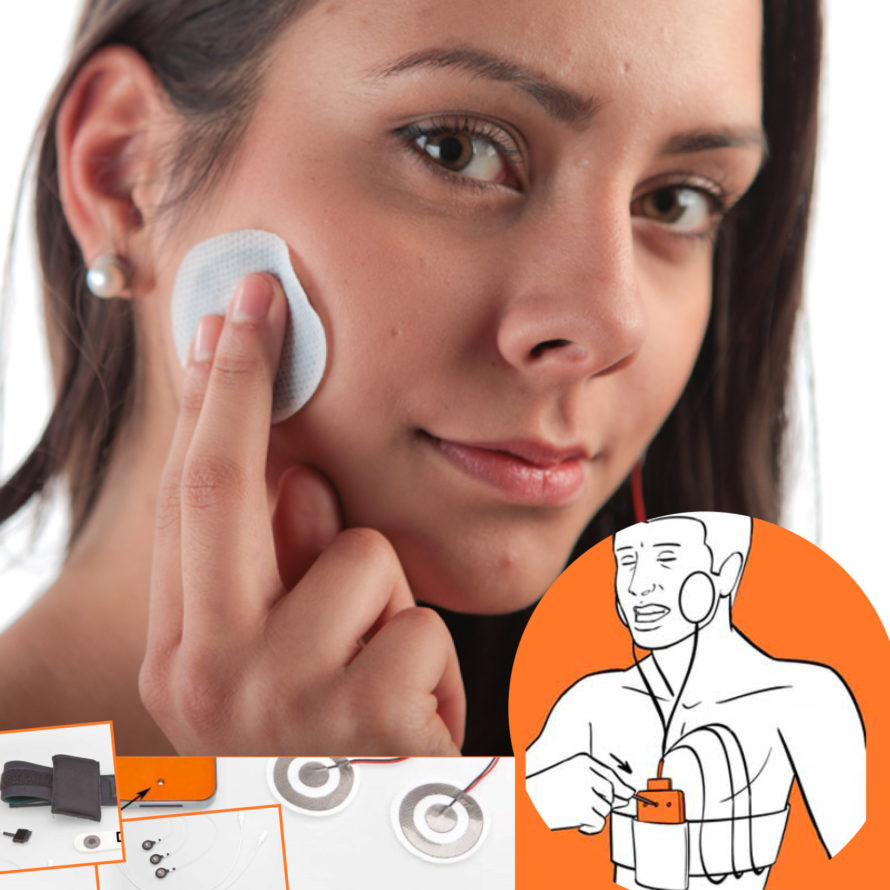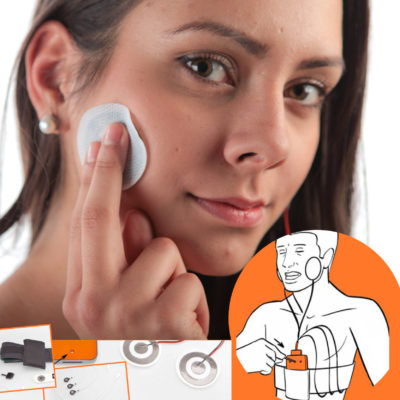Sleep bruxism? The Orthodontic Center now has a new tool for the diagnosis of this pathology. It enables to register night events, plan a more accurate and safer treatment and monitor improvements over time.
A special portable holter will register the activity of the masticatory muscles and the heart, which shows an increase in frequency during grinding episodes.
You will be able to do all this at home during the night by simply applying two electrodes on your face and one on your chest.
Once the activity is registered, you will bring the holter back to the dental office where, thanks to a dedicated software, our Specialist, Doctor Leonella Caliari, will be able to view and analyze the data and therefore evaluate the best treatment for the patient.
Let’s briefly talk about bruxism. How does it appear?
Bruxism is an activity related to the masticatory muscles and can occur during sleep or while awake.
– In case of sleep bruxism, we talk about oral parafunction (movement not aimed at a purpose), characterized by an involuntary activity of the masticatory muscles.
This leads to teeth grinding along with an increase in cardiac activity and micro-awakenings.
– Awake bruxism is an activity involving the masticatory muscles characterized by a repeated or fast dental contact and/or fixture and jaw clenching.
The causes are multifactorial:
- geneticpsychosocial (anxiety and stress, especially in awake bruxism)
- external factors (such as smoke, medication, alcohol, drugs and coffee)
- possible relationships with sleep apnoeas (OSAS) have also been noted.
Bruxism represents the main cause of muscle and joint pain as well as migraine on waking up, dental problems and threat to dental implants.
How is it diagnosed?
The combination of two approaches offers great results.
As a first step, it is important to have a dialogue with the patient, in order to ask him questions on his bruxism (through questionnaires), along with the use of a diary or a “bruxism calendar”.
In addition to this, there is the instrumental approach with the polysomnography exam, through electrodes dedicated to the muscles.
The exam’s inconvenience and complexity are not always welcome by the patient.
Today it is possible to register the activity of sleep bruxism also with the use of small holters which are more comfortable and easier to use for the patient. They can be worn at home and are an excellent alternative to polysomnography.
How can bruxism be treated?
We can manage its symptoms.
The Specialist is the person who will reassure and make the patient aware, by explaining him in detail all aspects of bruxism (counseling).
The Specialist could decide to use a bite to protect teeth from ruining and force muscles to “work” differently in order to reduce pain or fatigue.
There are some physiotherapeutic exercises which can be useful and, in some cases, it might be necessary to use medication.



